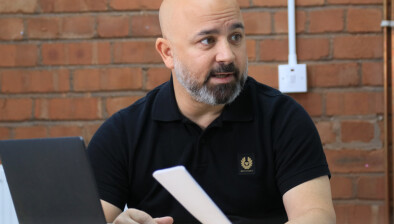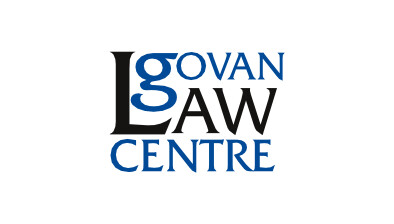Couple seeking damages for whisky vapour damage to home allowed to amend averments based on ‘pioneer organism’ theory

A Bonnybridge couple who sought to establish that their home had been damaged by fungus created by ethanol vapour have been allowed a proof based on amended pleadings seeking to establish that a particular species created the conditions allowing other organisms to damage their home.
Thomas Chalmers and his wife sought to change their pleadings to reflect that a particular fungus known as Baudoinia compniacensis that developed on their property was a precursor to other organisms developing in their place. The defenders, Diageo Scotland Ltd, opposed the amendments and sought expenses based on what it called radical changes to the pursuers’ pleadings.
The case was heard by Lady Carmichael, with Moynihan KC appearing for the pursuers and Cormack KC for the defenders.
Not academic complaint
The pursuers’ house lay approximately 350 metres east of bonded warehouses in which the defenders matured whisky in casks. They claimed that the ethanol vapour leaving the casks during maturation encouraged the development of the Baudoinia fungus that left a black sooty stain on the walls of their home. Originally, Baudoinia was considered as having a single species, but its taxonomy changed in 2016 to recognise five variants as species.
After another lord ordinary allowed a proof in respect of the action in 2019, a proof was fixed for 2 February 2022, which was later discharged on an unopposed motion of the defenders and a new diet set for September 2022. In June 2022 the pursuers sought to amend their pleadings to describe Baudoinia as a “pioneer organism” that allows for other organisms to take hold on surfaces on which it is established, even to the extent of the new organisms swallowing up the founding Baudoinia.
Counsel for the defenders submitted that, on the previous pleadings, the pursuers averred that the presence of Baudoinia was essential to their nuisance claim, but now averred that it was only the basis for the claim even if it was not present at all. It was unclear whether the pursuers were offering to prove that a fungus, or any particular fungus, was involved at all. That was not an academic complaint, as the defenders needed to know what type of expert to instruct.
For the pursuers it was submitted that it was immaterial whether the discolouration was itself the fungus or was caused by the fungus. The point was that, but for the presence of Baudoinia, the black staining would not be there. The pursuers had disclosed the expert reports on which their pleadings were based, and there was no basis on which it could be said that the defenders did not know the nature of the case they had to meet.
Not so fundamental
In her decision, Lady Carmichael observed: “It is true that there is some inconsistency of language in the pleadings. In Article 6 there is reference to ‘black fungus’, ‘black staining’, ‘the fungus’, ‘the effects of the fungus’ and ‘discolouration attributable to the fungus’. The expressions appear to be used interchangeably. For consistency it might be better if all references were to ‘black sooty deposits or staining’. I do not, however, consider that the use of language in Article 6 either in isolation or read along with Article 4 is productive of any genuine risk of confusion on the part of the defenders as to what the pursuers’ case is.”
On whether the pursuers had radically altered their pleadings, she said: “There were two aspects to the minute of amendment. The first was in relation to the change of taxonomy. It appears that the change in taxonomy had been known about in the field of mycology for a number of years, and it is on the face of matters difficult to see that a reference to Baudoinia compniacensis in pleadings drafted before the change in taxonomy should have caused any real confusion to experts instructed in the matter.”
Addressing the “pioneer organism” theory, she continued: “The defenders’ response to this part of the pursuers’ case was to aver that no scientific literature referred to by the pursuers or reasonably discoverable by the defenders relates to any species of Baudoinia as a pioneer organism. Their case now on record is essentially that the ‘pioneer organism’ hypothesis is not established science. I rejected the submissions for the defenders that the amendment was of so fundamental a character that it ought not to be allowed.”
Lady Carmichael concluded: “I am satisfied that the pursuers’ case has not been rendered irrelevant, and that the basis of their case is still that the property has been damaged because of the presence of Baudoinia. It is not self-evident that the proof required to be discharged for the defenders to produce an answer that ‘pioneer organism theory’ is not established science. The fault-lines between the scientists instructed for each party may not be fully explored until such time as evidence is heard.”
Lady Carmichael therefore allowed a proof before answer, with the expenses of the discharge of proof considered expenses in the cause.








